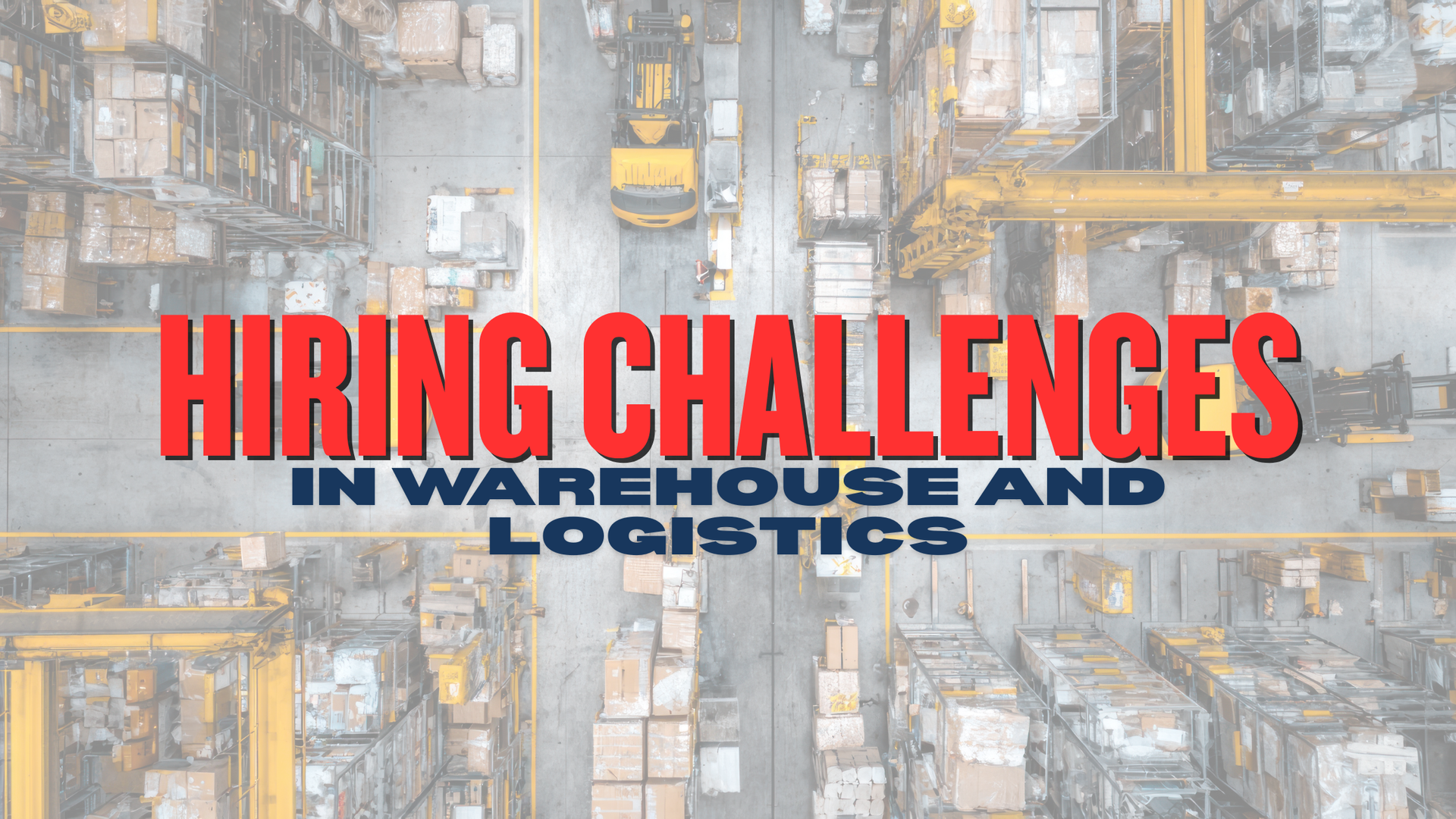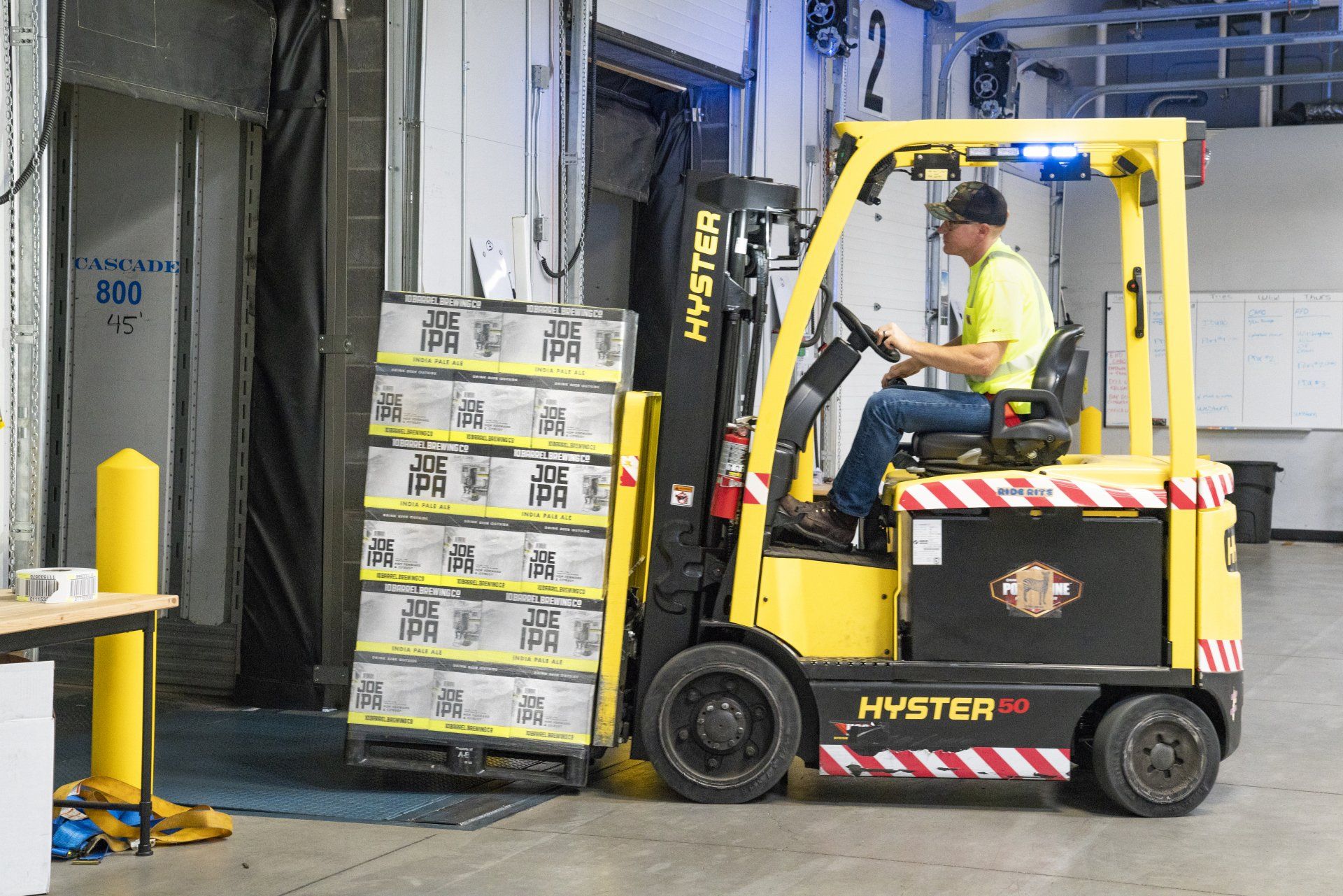Where To Post A Job Advertisement Online: A Guide For Small Businesses
The process to find staff has changed enormously since the internet’s become the monster machine it is today. The old methods of recruiting have been modernised to suit the new online way of life. For example, in the past recruiters would post job advertisements in newspapers, now they use job seeking websites and social media. For job seekers, they would send resumes via fax machine and now recruiters receive them over email or form submissions.
The internet has changed the way we find staff, resulting in faster and more efficient systems. The options vary for business to business, especially when you are a small business with a small budget. So, with all the options available for your business to advertise, what method is best suited to you?
How to decide on what method to advertise jobs
As the internet allows us to achieve so much with its never-ending array of websites, there are a variety of ways to post jobs. The methods you use will depend on a few things:
- The size of your business.
- What industry your business is in.
- What type of job you are posting.
- Your advertising budget.
- If you are frequently going to be looking for more employees.
As advertising for jobs (most of the time) costs money, it is important that you get it right and know the costs. Generally, with job posting sites like SEEK or Indeed, you need to make an account and pay to post jobs. But like most things in life, you need to pay good money to get great results.
What are the methods and websites to find employees?
To keep it simple, there is a range of ways you can advertise a job. You can go the simple, straight forward answer, completely creative (like this Microsoft advert) or somewhere in between. Again, it depends on your business and the position you are trying to fill. Some of the more traditional methods in recent times is advertising on websites.
This is a list of sites you can advertise a job:
- SEEK
- Indeed
- Jora
- Jobactive
- Pedestrian.TV Jobs
- Recruitment Agencies

SEEK, Indeed and Jora:
These three websites are what I would call the "Go-To" websites if you want to:
- Find a job
- Post a job
With thousands of jobs posted on each of these websites daily, they have become the modern and more user-friendly "jobs" section of newspapers. When Australians think of looking for a new job, it will be one of these three websites that they look at. Each website advertises all industries and any job.
Just like any job posting website, there can be a few pros and cons to the process. For example, they are great as they attract a lot of people, it is easy to post job advertisements and these sites are reputable. This makes posting a role on one of these three a safe bet no matter what industry you are in.
The down points are of course price, these types of websites may require a subscription if you are wanting to post a job. So of course, posting one job may not be worth the money. Lucky enough, they are also well thought out businesses and have a team to help guide you through your experience with them.
Another downside from my experience is that it is best to only post on one of them. You may think that advertising on more than one site will broaden your chances of getting the right person to apply but that is not the case. When most people are looking for a role they don't just stick to the one website, they hop from SEEK to Jora to Indeed and apply for any role they can. If your job is listed more than once on different websites, it is more likely for them to apply multiple times. This is not the end of the world, but it does equate to the same resume being looked at again and again.
To get the most out of using these websites, it is best to talk to the business themselves and chose what one you would like to utilise.
Jobactive and Government-run websites:
With government or council-run job posting websites, it is easy to create an account and post a role. There is no cost, just an easy forum to post available jobs. Depending on what website you advertise on, it could be localised within the city or countrywide. So, if you are looking to find someone to work at a role in Tullamarine, you can either post it on jobsearch.gov.au for all of Australia to see or the localised website www.humejoblink.com.au.
The downfall with these websites is that the applications will most likely only be emailed to you and not sitting in a database like the previous websites can do. They also are less known to the public meaning you may not get as many applications.
Pedestrian.TV and other specific industry websites:
Some websites are made to advertise jobs for a specific industry. Sometimes, these are connected to larger sites that share news about the industry or target market. Take Pedestrian.TV, for example, they publish articles that are targeted at a young-adult and creative demographic. Due to this, their job posting board is catered to creative roles. Anything from marketing to film and television can be posted on the site.
The pro of these types of job posting forums is that you can reach your target market directly through a website that isn't convoluted with other industries. The downside is that there is also a fee involved, so if you are wanting to post just one job, it may not be worth the money.
Facebook and LinkedIn:
Facebook and LinkedIn were created for two very different reasons but they both now offer the ability to post job advertisements. Each of these sites has a different process of posting a job and due to this, LinkedIn is more user-friendly.
LinkedIn:
The social media platform made for businesses and business people, it would be wrong not to have the option to post a job on the site.
There are two separate ways you can do this:
1: Post a job advertisement through LinkedIn's "Post a Job" option.
This is a paid feature on LinkedIn but can be worth the money if done right. They have templates available for job descriptions if you are unsure of what to write and you can add screening questions to the job application. On top of this, there are a lot of other features that tailor your advertisement to reach the right profiles on LinkedIn. When you create these adverts, they are recommended to the people LinkedIn thinks is qualified for the role, shows up on their feed and in the "Jobs” tab.
2: Post an available role on your feed and ask for your peers and connections to share.
The other option is posting an available role on your feed and asking if your connections could share it with a peer that they think could be suitable for the job. It is free but not as "in your face" as the paid job advertisements. If you decide to use another website such as SEEK or Indeed, this is a great way to share the link on another network.
Facebook:
1: Post a job advertisement through Facebook.
To do this, your business must first have a Facebook Page, you are not able to post a job from your personal profile. When you go to your Facebook Page, in the left-hand column there will be a tab titled "Jobs". Within here you can create a job by adding the title, location, job type and description. You can also add a few more things like questions but these are optional. The great thing about this option is that it is free. Once posted, it will show up on your business page, peoples timelines and job seekers can search for it within Facebooks "Jobs" tab.
2: Post an available role on your feed and share to groups.
Much like LinkedIn, you can share your job advertisement on your Facebook newsfeed. You can share a link to a SEEK or Indeed advert or add your email address to the end of the post.
Facebook allows you to share your job advertisement from option 1 and 2 into groups, enabling it to gain more viewers without paying. One of the downsides with Facebook is that not many people directly associate it with finding a job. This means it may also be the last place people look.
Recruitment Agencies:
Although Recruitment Agencies are not a free website that everyone can post on, they do offer some great solutions. Not only should they have their own website that they advertise roles, but they should advertise on SEEK, Indeed or Jora. By the recruitment agency doing all the work for you, you don't even have to stress about the 1,300 words I have written before this. On top of that, you don't have to pay until you receive an employee. It is an option to look at if you either have no idea what you are doing, or you have no time to advertise and recruit.
Overall, there are many options to post a job advertisement in this modern world. The best advice I can give you is to look at your options and speak to people who have used these websites to get their personal and professional opinion as well. This world is full of job seekers, all you have to do is chose the right path to find them!










